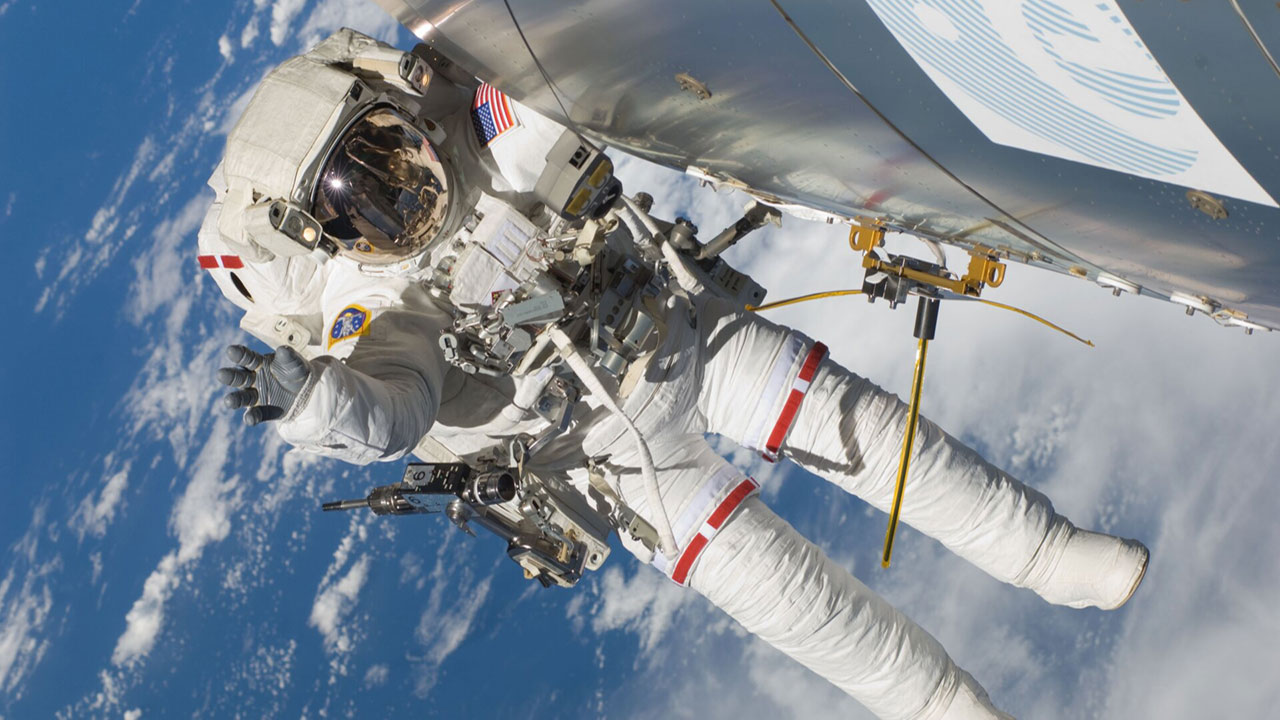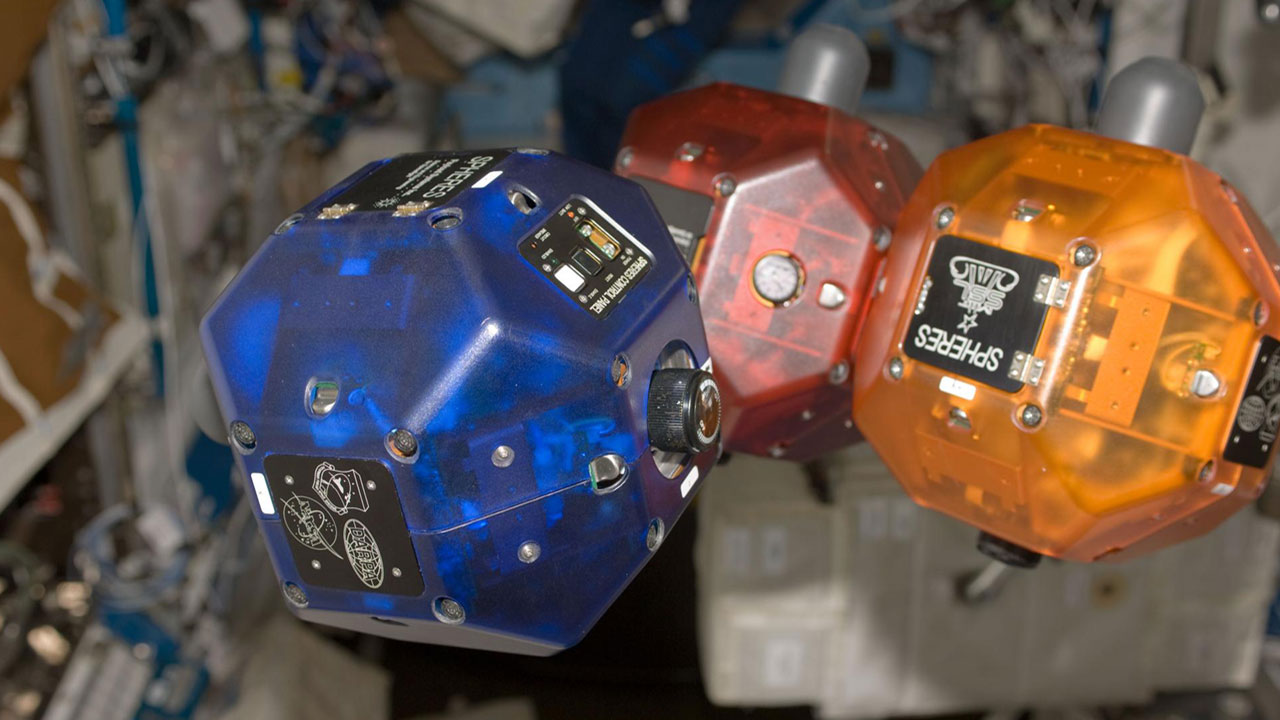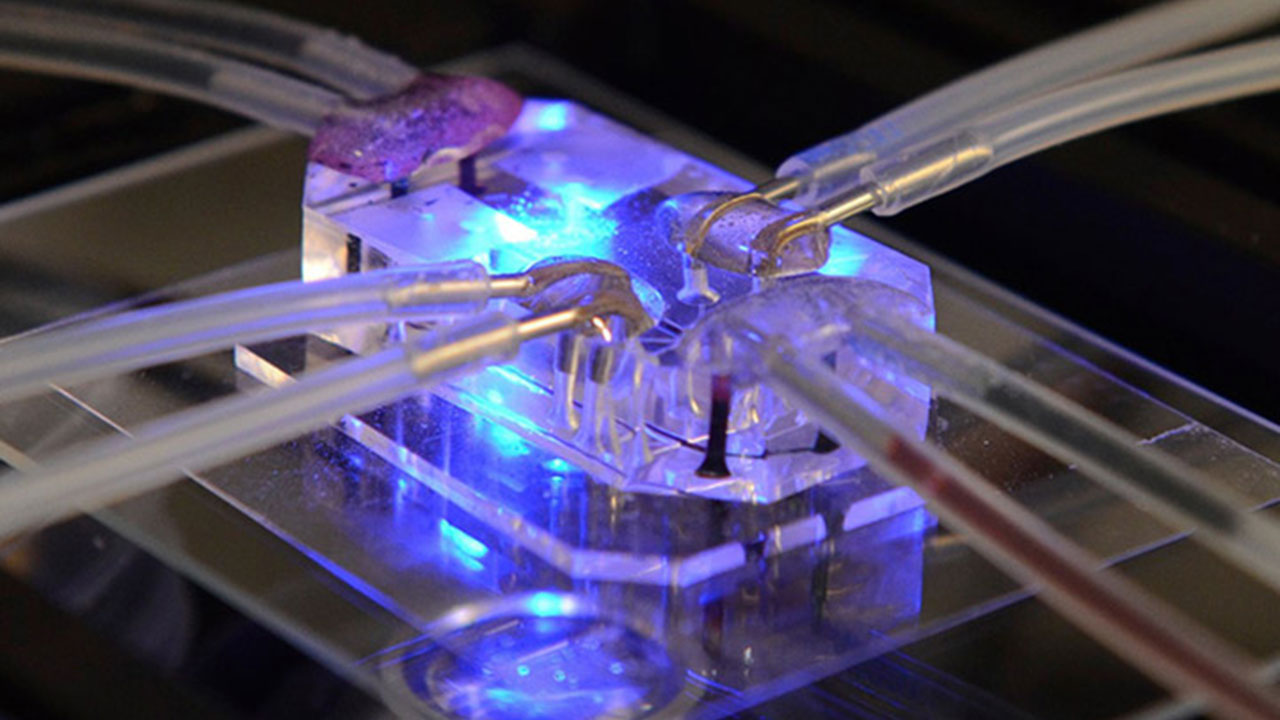The view of Earth from space is a stunning shift in perspective that is not only beautiful but also valuable—facilitating research in disciplines as diverse as atmospheric and agricultural sciences, maritime operations, and disaster response. Thus, in an era of increasing use of the ISS by commercial companies, one must wonder how the ISS platform might support commercially relevant monitoring of Earth. When SpaceX CRS-9 berthed with the ISS on July 20, it carried a payload poised to ask a question—specifically, can the ISS serve as a commercially viable platform for maritime tracking?
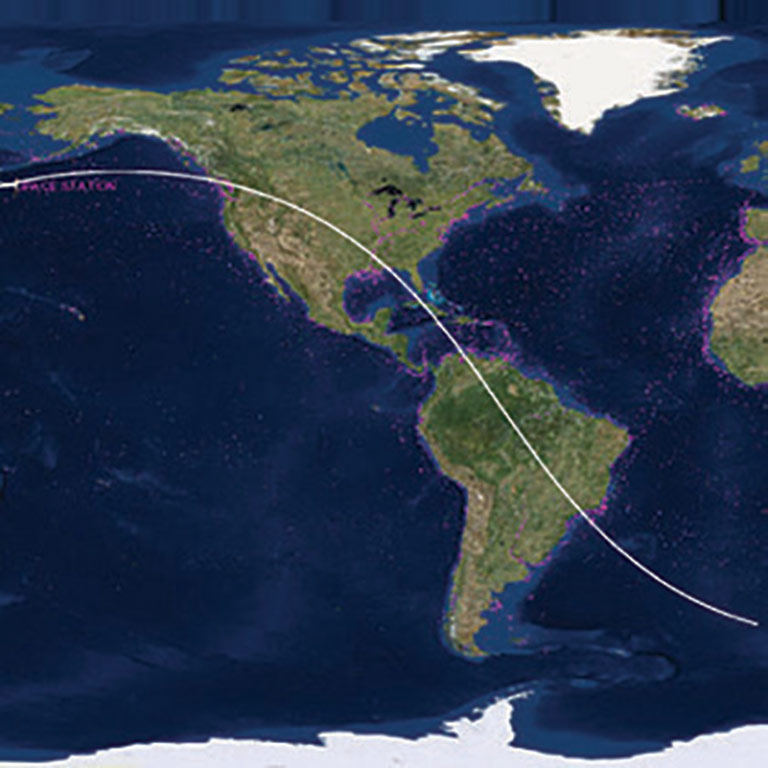
Commercial vessels broadcast important data (such as location, speed, heading, and registration number) through an Automatic Identification System (AIS) transponder, but the signals are limited to line-of-site reception. Improved availability of real-time data from these signals could have substantial value to the safety and security of the crew and vessel, as well as commercial and environmental applications that save money and reduce pollution. In a project to demonstrate the real-world value of the ISS in providing these data, JAMSS America, Inc. is performing an operational demonstration of the Global AIS On Space Station (GLASS) over the next 12 months.
The ISS orbits the Earth every 90 minutes, with an orbital path covering 90% of Earth’s population and the vast majority of global ship traffic. GLASS is an applied R&D initiative that will take advantage of this unique observation post to acquire and disseminate data derived from extended-range AIS signals. Through the GLASS operational evaluation, JAMSS America, Inc. hopes to determine the suitability of these data for trade, economic, environment and resource management, safety, and security purposes.
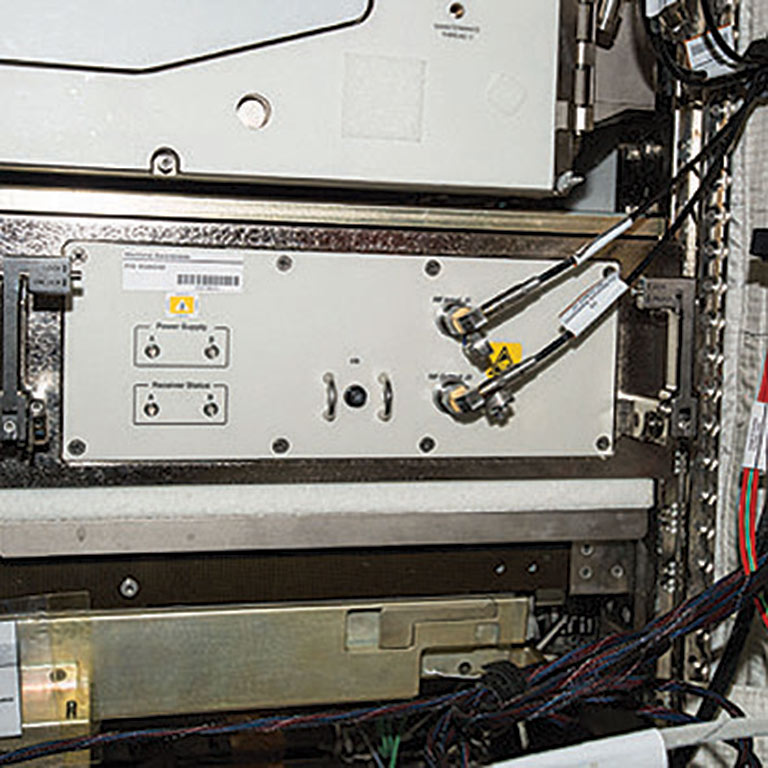
Moreover, in anticipation of expanded opportunities, JAMSS America, Inc. is also preparing a future ISS National Lab payload that will place a new, commercially available wide-band antenna and data processing capability onboard the ISS.
Many people are interested in using space-based platforms for tracking of assets, recovering remote telemetry, and other purposes,” said Rob Carlson, president of JAMSS America, Inc. “The GLASS payload is our entry into this field, and our next payload will open access for many commercial and scientific applications that require access to remote telemetry over a much wider range of the radio spectrum.”
This second project, Global Receive Antenna and Signal Processor (GRASP), is a multi-user facility planned for launch to the ISS National Lab in early 2018. “We’re really excited to provide an entirely new capability,” said Carlson, “one that will strengthen the commercial appeal of the ISS.”


